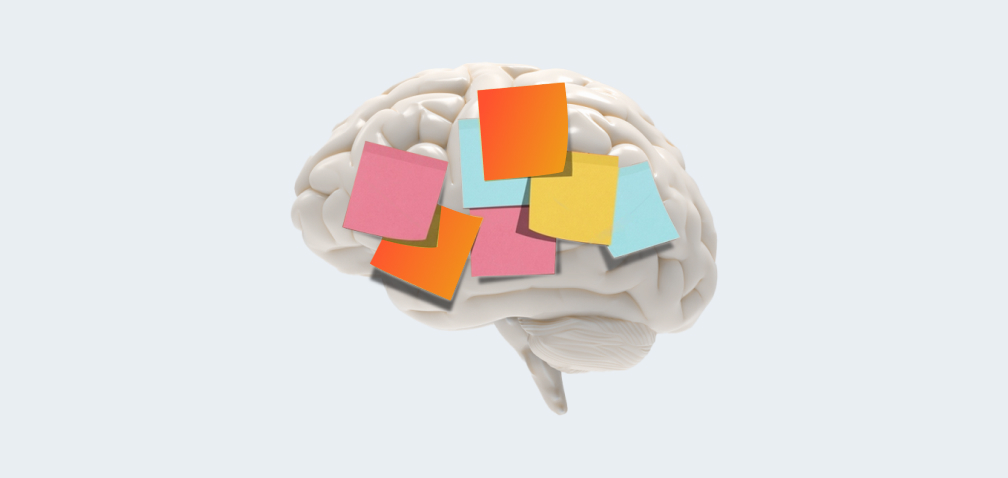Ethics play a huge role in everything we create. Product designers have to be like ethical design superheroes, facing all kinds of tricky situations with grace and smarts.
Now, we’re going to explore into the key skills that make product designers ethical rockstars. We’ll also explore how companies can make sure they’re doing the right thing at every step of making a product.
Get ready for a wild ride into the world of ethical design!
The Evolving Role of Product Designers
Beyond crafting visually captivating interfaces, product designers are responsible for weighing the ethical implications that accompany their designs.
This section illuminates the multifaceted role of product designers and their pivotal position in shaping ethically sound digital products.

Embracing Ethical Design Principles
Ethical design is not an ancillary aspect, but a guiding beacon that should permeate the entire design process. This section advocates for the integration of ethical principles, like transparency, inclusivity, and user empowerment—into the very fabric of a designer’s workflow.
By making ethics a cornerstone, designers ensure that every decision aligns with ethical standards from conception to execution.

Putting Users at the Center
User-centric design is a linchpin of ethical product development. This section explores into the importance of understanding user needs, conducting research, and actively seeking user input throughout the design process.
By prioritizing inclusivity and diversity, designers create products that resonate with users across various backgrounds and perspectives.

Safeguarding Privacy and Data Security
With data breaches and privacy concerns on the rise, this section emphasizes the ethical imperative of prioritizing user privacy and data security.
Designers must implement robust measures and transparent practices to build trust with users, ensuring that ethical considerations regarding data are woven into the very fabric of the product.

Crafting Inclusive Accessibility
Inclusivity is more than a buzzword, but it’s a cornerstone of ethical design. This section explores the ethical imperative of designing products that are accessible to users of all abilities.
By adhering to accessibility standards, designers ensure that their creations are usable by a diverse audience, fostering equal access and ethical design.

Commitment to Continuous Learning
Ethical designers are always learning, adapting to changing standards and technology.
This section emphasizes continuous learning for designers to stay updated on ethics and best practices. It also encourages fostering adaptability in product development.
Conclusion
In the intense process of digital product design, ethical considerations are not constraints, but guiding principles that shape a better digital future.
As product designers integrate transparency, inclusivity, and user empowerment, they fulfill a commitment to innovation and building a product landscape that aligns with the highest ethical standards.
Navigating the ethically nuanced waters of design is not just a responsibility—it’s a collective commitment to crafting an advanced and ethical digital scope.




